Forest Park
Introduction
Text-to-speech Audio
Forest Park was created on more than 1,300 acres of rural land in the countryside west of St. Louis. Due to the smog that beset St. Louis at the time, the park was considered a green oasis on the outskirts of the city. However, as the city expanded, new neighborhoods developed, eventually surrounding the park. As a result, Forest Park is now in the heart of the city. The park officially opened to the public on June 24, 1876, the same year as the U.S. Centennial. The grand opening drew an estimated crowd of 50,000 people in attendance for the dedication ceremony. In the decades after the grand opening, the park served as the site of the 1904 World's Fair and the 1904 Olympic Games, drawing millions of new visitors to the park. And in 1927, crowds gathered at a welcome reception for the aviator, Charles Lindbergh, celebrating his non-stop flight from New York to Paris on his plane, which was nicknamed "The Spirit of St. Louis." Throughout the first half of the 20th century, Forest Park was the site of the popular Highlands Amusement Park, which featured an arena theater, carnival rides, and a huge public swimming pool. Although the amusement park is no longer in existence, other historic sites within the park, such as the St. Louis Zoo, the Grand Basin and Boathouse, the Jewel Box, Pagoda Circle, the World's Fair Pavilion, and the St. Louis Art Museum still attract visitors today. In the 1990s and early 2000s, a fundraising campaign spearheaded by the non-profit organization, Forest Park Forever, led to a major renovation of the park, ultimately revitalizing Forest Park for a new era.
Images
Forest Park aerial view
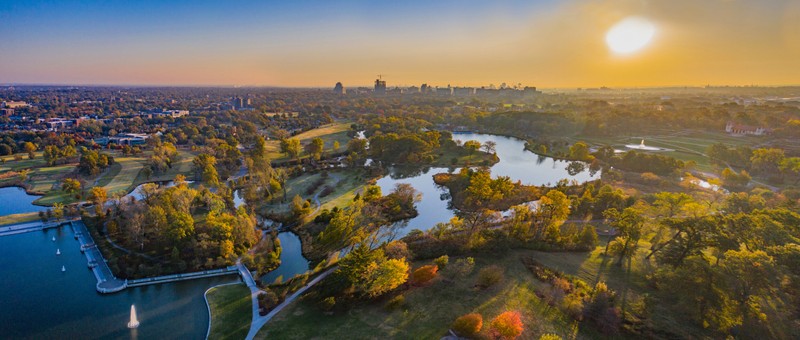
Forest Park "Path to the Sun"
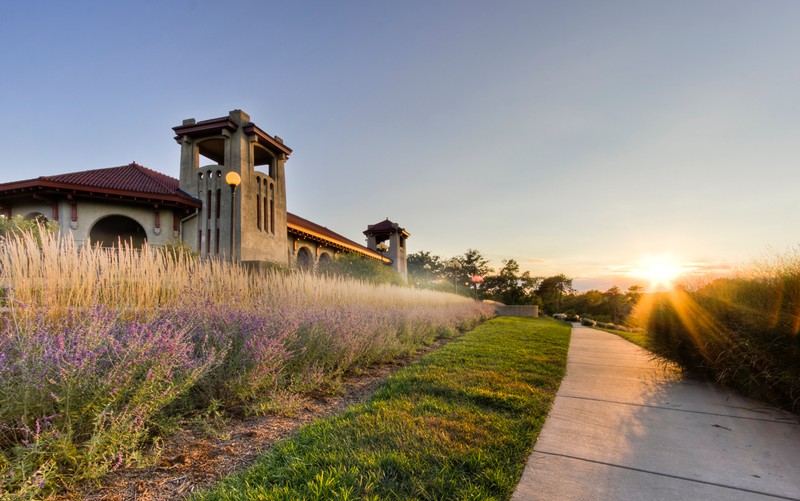
Horse and Buggy in Forest Park
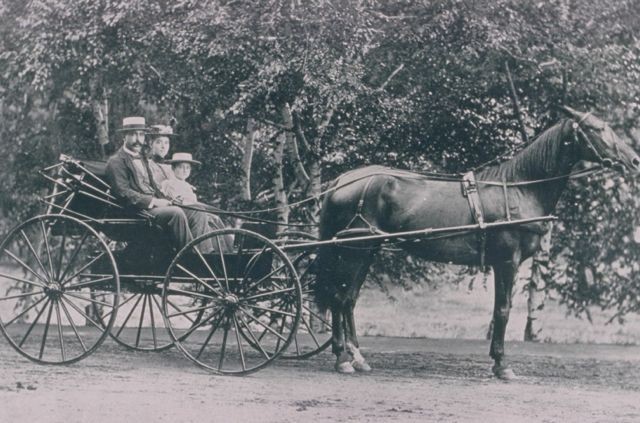
Original Lindell Pavilion in Forest Park
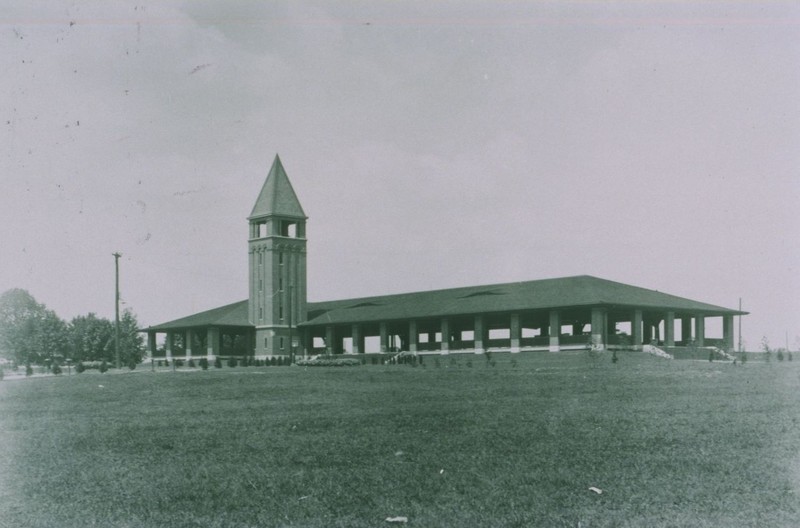
Boating on the lake in Forest Park
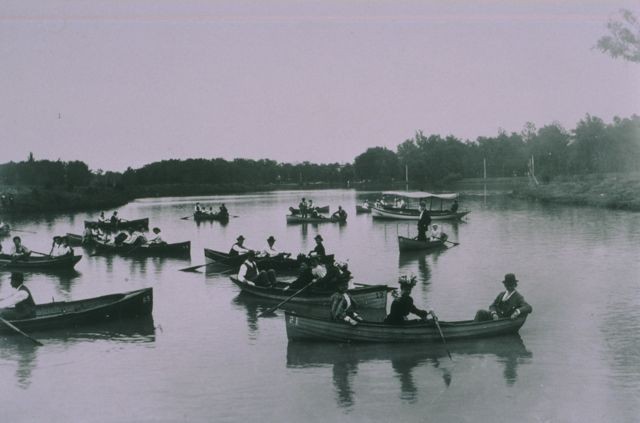
Public Bathing Pool in Forest Park
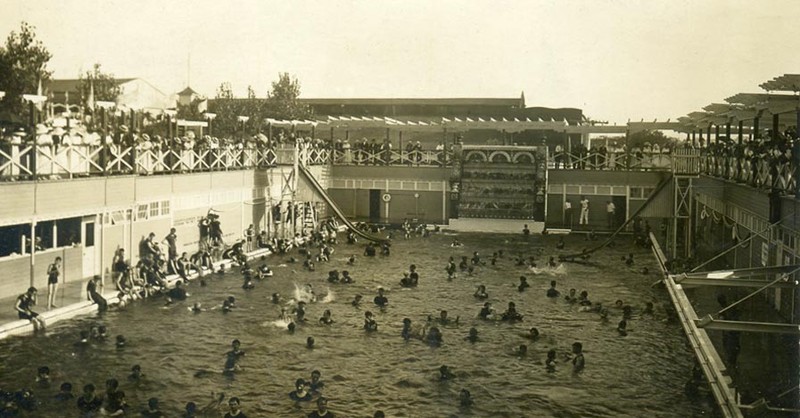
Forest Park Highlands Amusement Park in the 1950s
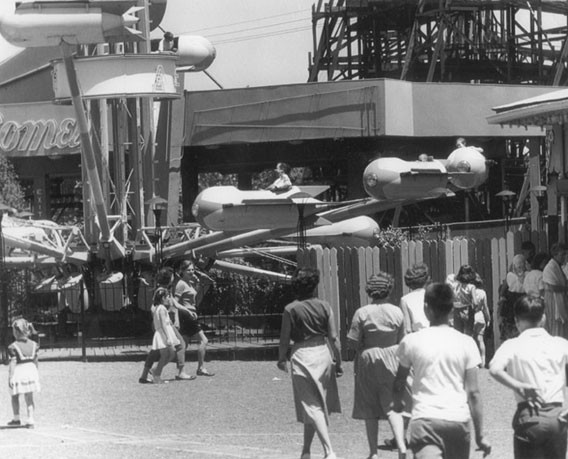
Rollercoaster at the Forest Park Highlands Amusement Park
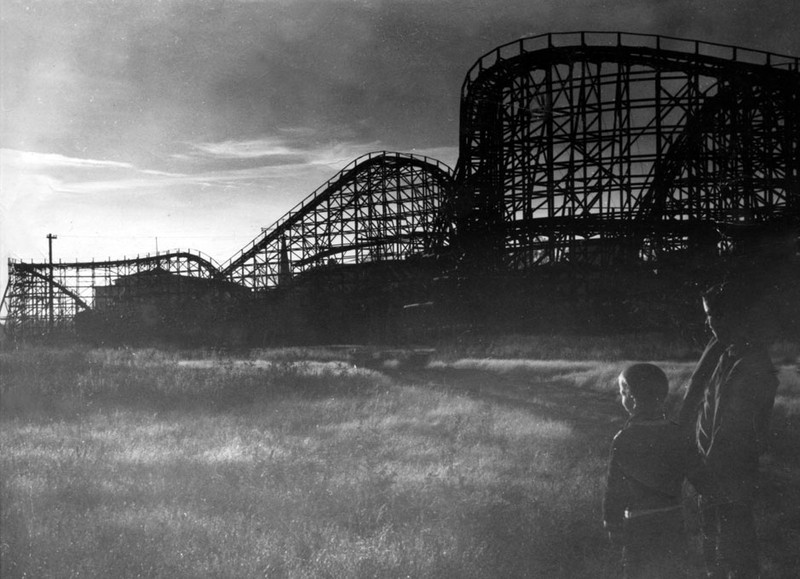
Ride at the Forest Park Highlands Amusement Park
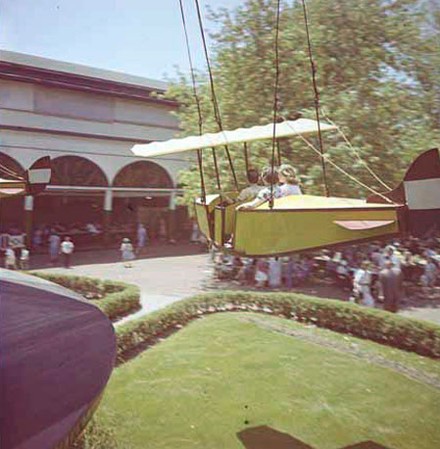
Advertisement for the Forest Park Highlands Amusement Park
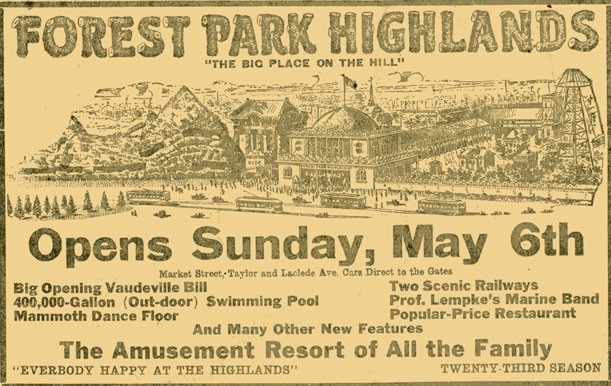
Theater at Forest Park Highlands Amusement Park
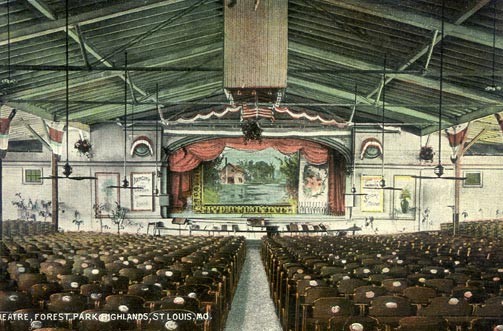
Forest Park Fountain in the 21st century
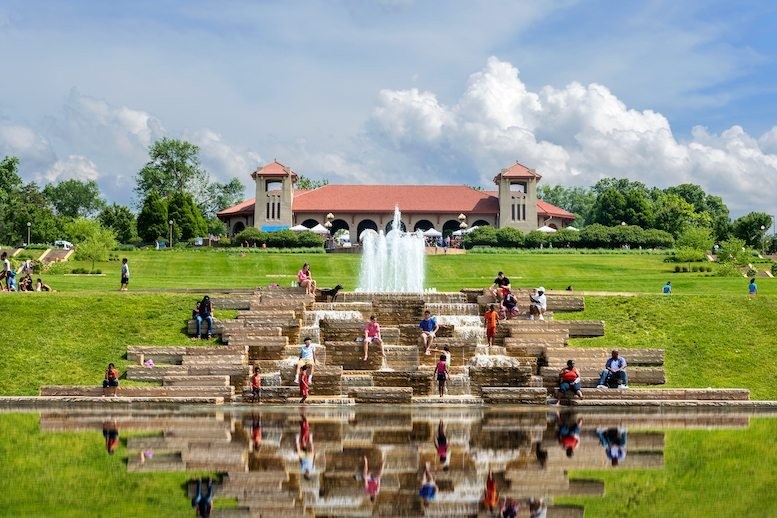
The 1876 Plan for Forest Park
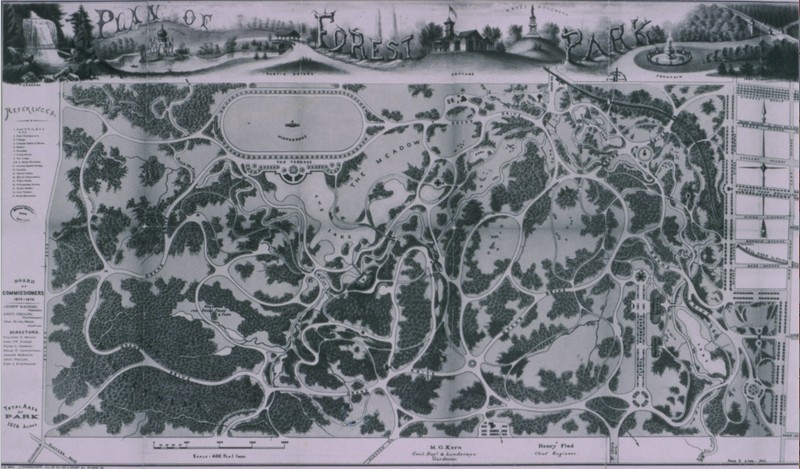
Backstory and Context
Text-to-speech Audio
Forest Park opened to the public with a grand dedication ceremony on June 24, 1876, the same year as the U.S. Centennial. Because St. Louis was experiencing the negative environmental affects of the industrial revolution, such as acid rain and smog, park planners sought to create an urban oasis outside the city. During the park's planning and creation, over 1,300 acres were allocated in the countryside surrounding St. Louis. Over time, however, the city expanded and new neighborhoods developed around the park, such that Forest Park is now located in the heart of the city.
The intention of the park's planners was to emulate the scale of the major public parks in European cities and in New York City. In the end, Forest Park actually became 500 acres larger than New York City's Central Park. Until 1885, trains were the only form of public transit that connected the park with downtown St. Louis. For this reason, the park's primary visitors tended to be those who could ride in on horseback or travel via horse and buggy. The park was often described as dusty and hot in the summer. Yet the park's plant nursery thrived, as well as the park's Fish Hatchery, established by the Missouri Fish Commission to cultivate carp and other species sent to populate freshwater lakes throughout the state. The park's budget was initially limited, but its early planners retained an overarching vision that:
"the rich and poor, the merchant and mechanic, the professional man and the day laborer, each with his family and lunch basket, [could] come and enjoy his own . . . all without stint or hindrance... and there will be no notice put up to, 'Keep off the grass.'”
Thus, in 1885, streetcar lines were added to the park, bringing hundreds of thousands of new visitors, for an estimated total of 2.5 million each year. Nineteen miles of gravel roads were laid out, and the original Lindell Pavilion and the Laclede Pavilion were each built at the end of streetcar lines in the park to accommodate the influx of visitors.
A decade later, the Forest Park Highlands Amusement Park opened on site in 1896, capturing the public's attention with its widespread appeal. The Highlands Amusement Park included a huge arena, an array of carnival-style rides, and one of the largest public swimming pools ever built. Shortly thereafter, the 1904 World's Fair was held in the park, attracting an estimated 20 million people. Many temporary buildings were created out of plaster and wood specifically for the fair. The only permanent building that was constructed for the fair now serves as the St. Louis Art Museum. Additionally, Washington University loaned what is now Brookings Hall to serve as the fair's administrative headquarters. Also noteworthy, in 1904, Forest Park served as the site of the Olympic Games. This was the third Olympics held in the modern era, and the first time that the games were ever held on U.S. soil.
In 1918, at the end of World War I, an airmail service connecting St. Louis and Chicago was established in Forest Park using an aircraft hanger. Although the airmail service was short-lived, the hangar now serves as the headquarters and horse stables for the St. Louis Mounted Police. In the years that followed, the park also saw the opening of the Municipal Opera (1919), the expansion of the St. Louis Zoo (1920s), and the construction of a new music bandstand located in Pagoda Circle (1925). During the 1930s, the Cascades waterfall was added to the park, along with electric boats in the Grand Basin, and an Art Deco-style glasshouse called the Jewel Box. Then, in June 1927, crowds gathered in the park to greet the renowned aviator, Charles Lindbergh, upon his return to St. Louis after his non-stop flight from New York to Paris in his plane, nicknamed "The Spirit of St. Louis."
In the years following World War II, the park's facilities slowly began to desegregate. The municipal opera (the "MUNY") was one of the first venues to end its segregation policy and begin seating Black and white attendees together. Similarly, the Mark Steinberg Memorial Skating Rink opened in 1955 following a gift from a private donor who stipulated that the rink would be open to everyone, making it one of the few desegregated places for public recreation in the city. Thereafter, the park's golf course and tennis facilities also became accessible to everyone. In April 1968, an interracial coalition of St. Louis residents marched by the thousands from the city's Gateway Arch (on the downtown riverfront) westward to Forest Park to attend a memorial service for Dr. Martin Luther King, who was assassinated on April 4, 1968, in Memphis, TN.
By the late 1980s, the non-profit organization, Forest Park Forever, was formed in order to steward the park through the turn of the next century. In the 1990s, the organization raised $94 million for a major renovation that was intended to revitalize Forest Park for a new era. The goal of the Master Plan was:
"to integrate the park’s natural and man-made systems into a cohesive and mutually beneficial ecosystem... to create a 'total park experience' that stimulates the mind, body and spirit through a variety of natural, cultural, educational and recreational facilities, opportunities and amenities."
The park reopened in the early 2000s with many newly renovated structures and restored landscapes, including the Jewel Box, the Boathouse, and the Grand Basin. Ecologically significant landscapes include prairies and woodlands, which are accessible via walking trails and bridges, such as the Victorian Footbridge. The Lindell Pavilion reopened as the park's new Visitor & Education Center, and in 2011, St. Louis trolleys were reintroduced to the park. Along with the zoo, the art museum, and the MUNY, other important cultural institutions within the park include the Missouri History Museum and the St. Louis Science Center. Today, Forest Park is once again a destination site, much as it was during its early years.
Sources
Forest Park Timeline, Forest Park Forever. Accessed June 6th 2022. https://www.forestparkforever.org/park-timeline.
Explore Forest Park Neighborhood, Explore St. Louis. Accessed June 6th 2022. https://explorestlouis.com/things-to-do/neighborhoods/forest-park/.
About, Forest Park Forever. Accessed June 11th 2022. https://www.forestparkforever.org/about-forest-park.
Forest Park Forever
Ben Evans (photographer); Forest Park Forever
Forest Park Forever
Forest Park Forever
Forest Park Forever
Forest Park Forever
Forest Park Forever
Forest Park Forever
Forest Park Forever
Forest Park Forever
Forest Park Forever
Explore St. Louis
Forest Park Forever
